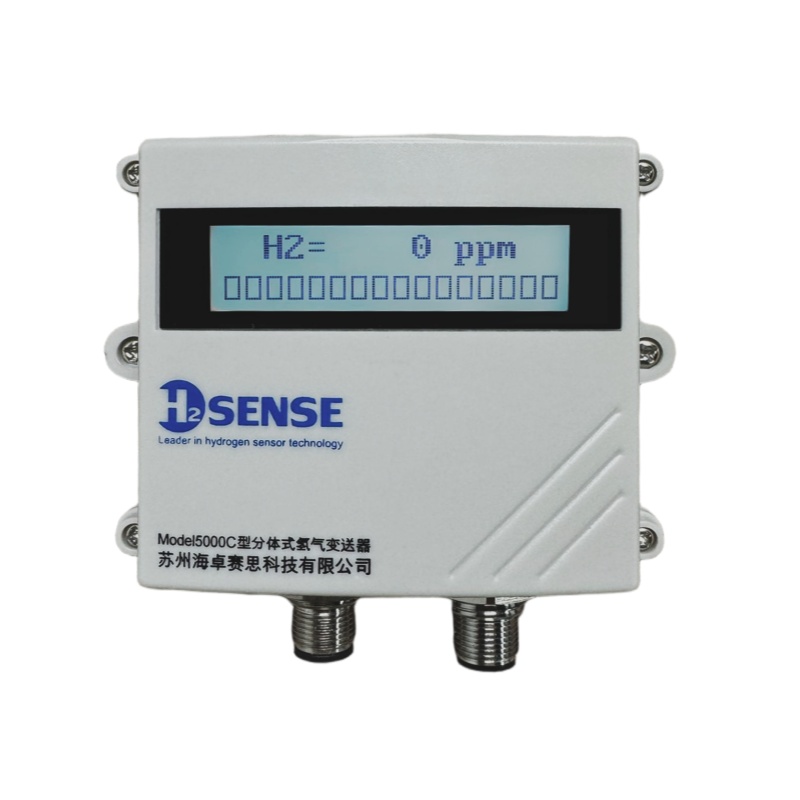The Pillars of a High-Fidelity Sensing Core
An elite DGA monitor is built upon a foundation of superior sensor technology. It's not about a single feature, but about a synergy of three critical performance pillars.
1. Microscopic Precision: Hearing the Fault Before it Shouts
The earliest stage of a fault, like partial discharge, may only produce a faint hydrogen signal. A sensor must not only detect this faint signal but also distinguish it clearly from other gases. This is where MEMS-based thin-film sensor technology provides a quantum leap. By engineering the sensing material at a nano-scale, we create a structure that is exceptionally sensitive to target gas molecules, virtually eliminating cross-gas interference and preventing the false alarms that erode trust in a monitoring system.
2. Real-Time Veracity: Capturing the Event as it Happens
A fault event can be fleeting. A sensor that is slow to react or recover provides stale data, turning a real-time monitor into a rear-view mirror. The physical design of a thin-film gas sensor is key to its speed. Its minimal thermal mass and high surface-area-to-volume ratio allow for near-instantaneous detection and, just as importantly, a rapid return to baseline. This ensures the data you see on the dashboard reflects the transformer's condition right now, not five minutes ago.
3. Unwavering Trust: Stability Across Years, Not Months
A sensor that drifts is a liability. It can lead to missed alerts or false positives, and requires costly, labor-intensive recalibration. Long-term stability is not a given; it must be engineered into the sensor's very fabric. As specialists in thin-film manufacturing, we achieve this through advanced material deposition and passivation processes. These techniques create a hermetically sealed, chemically resilient sensing layer that withstands degradation from oil and temperature extremes. This is the foundation of a truly "maintenance-free" dissolved gas analysis sensor.
Practical Implications: From Sensor Specs to Bottom-Line Value
For engineers and asset managers, this advanced sensor technology translates into tangible benefits:
For the DGA Monitor Designer: The microscopic size of a thin-film sensor enables the creation of more compact, energy-efficient, and cost-effective monitoring devices.
For the End-User: It means fewer false alarms, greater confidence in the data, and the ability to extend maintenance intervals, directly impacting your operational budget.
For Asset Strategy: It provides the high-fidelity data needed to confidently implement condition-based maintenance, optimizing asset life and preventing catastrophic failures.
Conclusion
The evolution of transformer monitoring is a story of increasing precision. While a sophisticated dashboard displays the results, the real work is done by the dissolved gas analysis sensor at its heart. The ability to detect faults earlier, more accurately, and with greater reliability stems directly from the quality of this core component. By prioritizing the underlying sensor technology in your DGA systems, you are not just buying a piece of equipment; you are investing in the most fundamental layer of your asset protection strategy.










